The Magic of 3D Modeling: From Idea to Reality
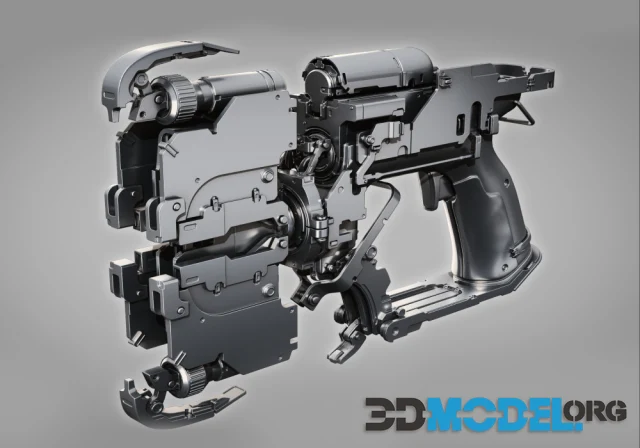
Introduction
In the world of modern technology, 3D modeling is becoming an increasingly popular tool that opens up a realm of endless possibilities. It is a powerful medium that allows us to transform ideas into reality, immersing us in fascinating virtual worlds. In this article, we will delve into the world of 3D modeling, exploring its applications, tools, and techniques to create astonishing 3D models.
By the way, if you are into 3D printing then don't forget to visit our category with ready-made 3D printer models. There you will be able to download thousands of free 3D meshes of ready-made characters from famous franchises, models of objects and environments, sculptures and much more. These objects come in STL format and are fully prepared for 3d printing.
1. An Introduction to 3D Modeling
3D modeling is the process of creating three-dimensional objects using computer software. From simple static models to complex animated characters for video games, 3D modeling finds applications in various industries such as architecture, medicine, engineering, art, and entertainment.
2. Software for 3D Modeling
Numerous software applications cater to 3D modeling, each with its unique features and capabilities. Some of the most popular programs include Autodesk Maya, Blender, Cinema 4D, and ZBrush. Many of these tools allow you to create models from scratch and also edit and enhance existing ones.
3. Basics of 3D Modeling: From Idea to Sketch
Before embarking on creating a 3D model, it is essential to have a clear vision of what you want to bring to life. This stage involves developing an idea and translating it into a rough sketch. Based on this sketch, a basic model structure is created.
4. The Art of Detailing
Detailing is a crucial aspect of 3D modeling. It entails adding intricate elements to the basic model, making it realistic and captivating. This stage requires skill and patience, as even minor adjustments can significantly impact the overall appearance and feel of the model.
5. Applying Textures and Materials
Texturing is the process of adding color, textures, and materials to the surface of the model. This enhances realism and adds depth to the model's appearance. Various methods of texturing exist, including procedural texturing and the use of displacement maps.
6. Lighting and Rendering
Lighting plays a vital role in creating the atmosphere and mood of a model. Different light sources and their settings can drastically alter the visual representation of the model. After completing the modeling and texturing, the model is ready for the rendering process, where the final image or animation is produced.
7. 3D Printing and Real-World Applications
One of the most exciting aspects of 3D modeling is the ability to 3D print the creations. Modern 3D printers can transform virtual models into physical objects. This technology finds applications in prototyping, medicine, manufacturing, and even fashion.
Conclusion
3D modeling is an awe-inspiring world of creativity and technology that allows us to turn our ideas into mesmerizing visual representations and tangible objects. With diverse tools and imaginative thinking, anyone can be part of this captivating field and bring their fantasies to life. 3D modeling continues to evolve, promising a future filled with new astonishing possibilities, enabling us to unravel the magic of the three-dimensional world.
Ctrl
Enter
Noticed a misTake
Highlight text and press Ctrl+EnterRelated news:
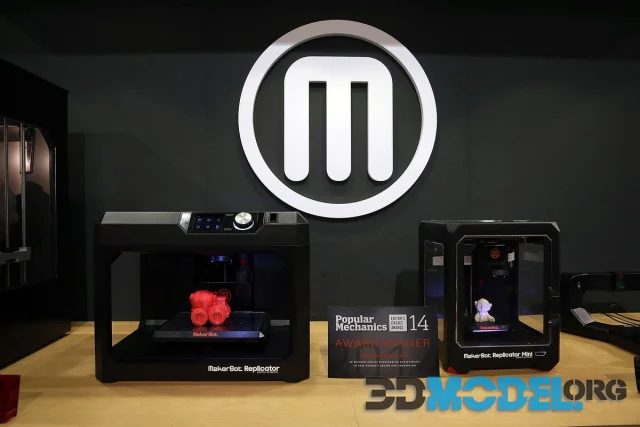
How to Choose a 3D-Printer for Home Use
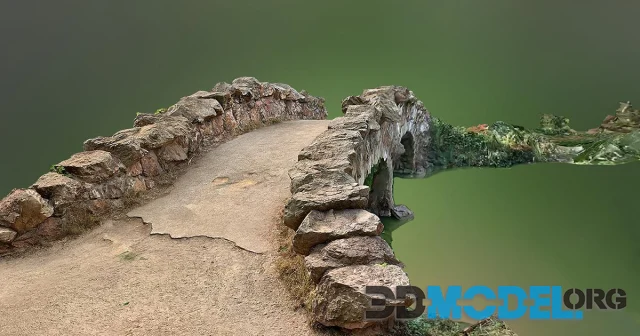
Using Photogrammetry to Create 3D-Models For Game Development
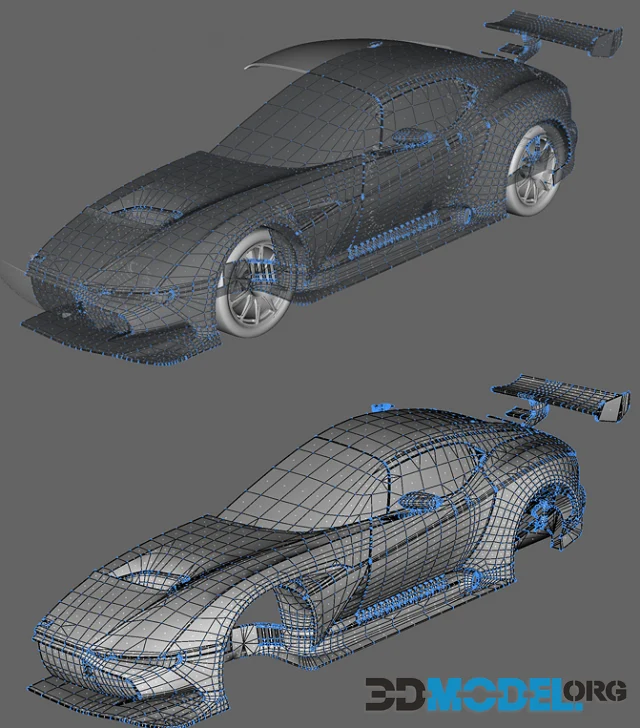
How to Create 3D Models of Cars
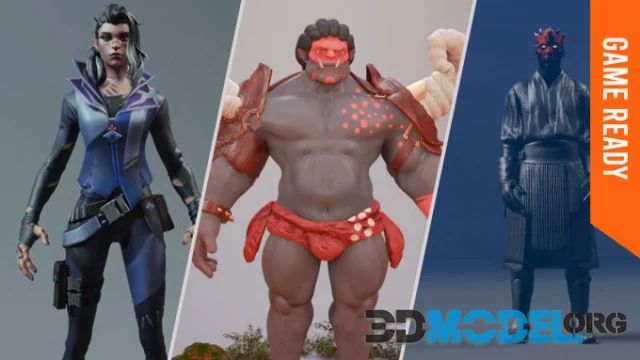
Modeling 3D Characters for Game Projects

How to Create Realistic Architectural Renderings in 3ds Max
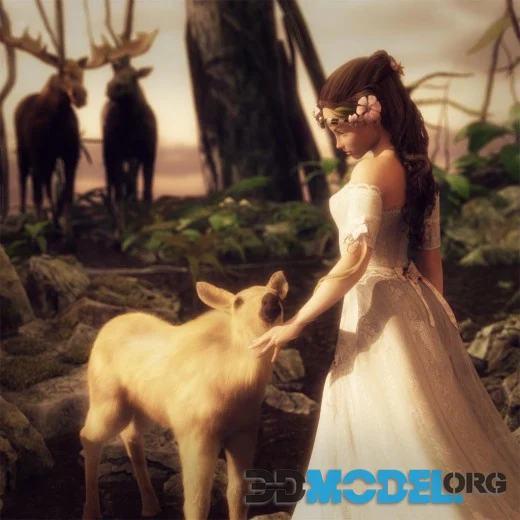
DAZ Studio and Poser: Fundamentals and Techniques for Creating 3D Characters
Comments (0)
